
Math manipulatives are great for children to use for problem-solving and understanding basic math concepts. They also encourage imaginative play and exploration. Here are some popular math manipulatives to consider.
Pattern Blocks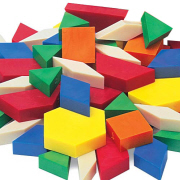 |
Unifix Cubes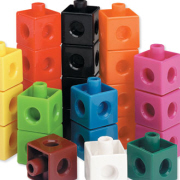 |
Counting Bears |
One Inch Cubes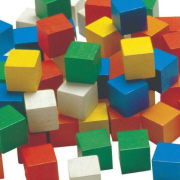 |
Attribute Blocks |
Geoboards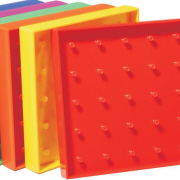 |
Base 10 Blocks |
Double Sided Counters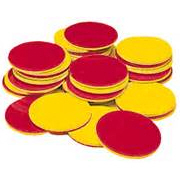 |
Links |
Dominos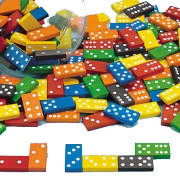 |
Dice |
Big Buttons™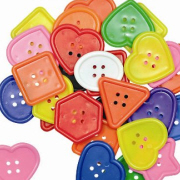 |
Geometric Solids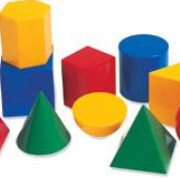 |
Balance Scale |
Lacing Beads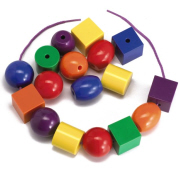 |
Importance of Hands-on Manipulatives in Math
(taken from article)
Math manipulatives range from simple counting blocks to geoboards and tangram puzzles. Manipulatives work well to solve problems, as a way to introduce new math skills and during free play to explore math concepts. The use of manipulatives varies based on the teacher’s philosophy of math instruction, but these math materials offer several benefits to students.
Concrete Representations
Manipulatives give the math student a concrete object to represent the concept he is learning. Instead of reading about a math concept or working out a problem on paper, he works with a physical object to better understand what he is learning. Diagrams in math textbooks often fall short because the student can’t physically interact with them. The concrete representation is useful at all levels of math, from a preschooler using blocks to strengthen counting skills to an older student using fraction models to understand equivalent fractions.
Engaged Sense
A worksheet or textbook assignment is limited in the senses it engages. The child only moves slightly to use his pencil. Manipulatives give him more freedom to move and get physically involved in solving the math problems. The manipulatives reach a wider range of learners, such as those who don’t perform well on paper-and-pencil tasks. The manipulatives engage the sense of sight and touch. Discussions about the manipulatives — either with the class or with a partner — builds communication skills. You can also use these math tools to write about the concepts. Students can draw pictures and describe what they did with the manipulatives in a math journal.
Problem Solving
Physical objects in front of the learner give him tools to solve problems that are complex of difficult to understand. Manipulating the objects can lead the child to the answer. For example, if he struggles to reduce a fraction to lowest terms, fraction strips can help him solve the problem. He sees that one-half matches up with three-sixths on the strips. A student learning division uses counters to solve the problem. For 42 divided by 7, he gathers 42 counters and divides them into 7 groups. Instead of staring at the paper trying to figure out the answer, he solves it with the counters. Learners also get confirmation on answers that they don’t get on paper. With a worksheet, he won’t know until the teacher checks the work if he was correct. With manipulatives, he can see right away that he is correct.
Enjoyment
Manipulatives make math more enjoyable for most students. Completing paper-and-pencil assignments is often boring and tedious. Students lose interest quickly or struggle to get through the assignment. Manipulatives feel more like playing than learning, particularly when the students are allowed to experiment and explore with the tools outside of assignments. Even when a worksheet or written assignment is required, the manipulatives can make the problems easier and more interesting to solve.
